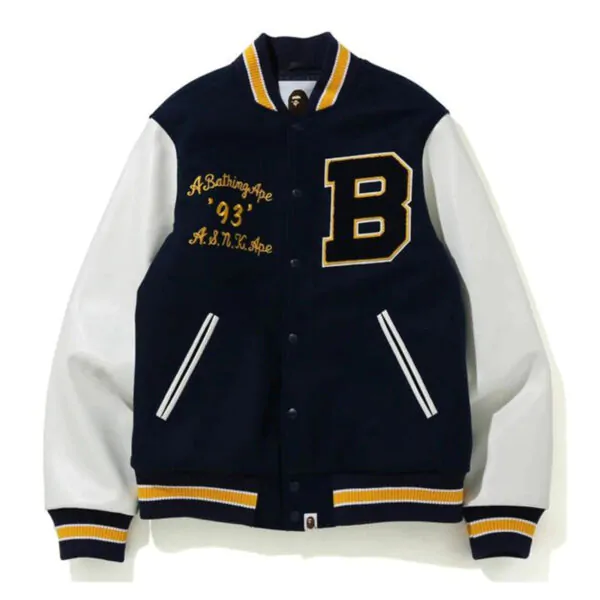Fast fashion has revolutionized the global fashion industry, shaping the way we consume and perceive clothing. In this article, we delve into the rise of fast fashion as a global phenomenon. From its origins and key players to its impact on the environment, society, and consumer behavior, we examine the various facets of this fast-paced and highly influential sector. By understanding the underlying factors that have contributed to its growth, we can gain insight into the challenges and opportunities associated with fast fashion, as well as explore sustainable alternatives for a more conscious and responsible fashion future.
The Birth of Fast Fashion
We trace the origins of fast fashion and its emergence as a dominant force in the fashion industry. From the introduction of “quick response” manufacturing to the advent of global supply chains, we explore the key factors that propelled the rise of fast fashion. Additionally, we examine the role of influential brands that pioneered this business model and their impact on shaping consumer expectations.
The Global Impact of Fast Fashion
Quick style has impacted a worldwide scale. We investigate how it has changed the style business, altered retail rehearses, and added to the globalization of assembling. Besides, we inspect the financial ramifications, work creation, and the extension of purchaser markets coming about because of the quick development of quick style. Quick style has had a significant worldwide effect, changing the design business, growing buyer markets, and molding retail rehearses.
Environmental Consequences of Fast Fashion
The environmental impact of fast fashion is a pressing concern. We delve into the consequences of the industry’s high-speed production and disposable clothing culture. From excessive resource consumption to textile waste and pollution, we explore the environmental challenges associated with fast fashion. Additionally, we discuss the importance of sustainable practices, such as recycling, upcycling, and embracing circular fashion concepts, to mitigate the negative impact on the planet.
Ethical and Labor Issues
Quick style’s prosperity has been defaced by moral and work concerns. We focus a light on the shady practices frequently connected with this industry, including sweatshop work, low wages, unfortunate working circumstances, and basic freedoms infringement. By analyzing genuine models and the endeavors of work privileges associations, we stress the requirement for worked on friendly obligation inside the quick style store network. Moral and Work Issues in the Style Business: Figuring out the Difficulties and Looking for Arrangements. Investigate the effect of shady practices, work freedoms, and the requirement for worked on friendly obligation in design.
Consumer Behavior and Fast Fashion
Fast fashion has significantly influenced consumer behavior and purchasing patterns. We explore the psychological and sociocultural factors that drive consumer demand for affordable and trendy clothing. From the allure of frequent shopping to the impact of social media and influencer marketing, we examine how fast fashion has reshaped consumer expectations and preferences. Consumer behavior plays a pivotal role in the success of fast fashion. From the desire for affordable trends to the influence of social media, understanding consumer preferences is key to the industry’s growth.
The Rise of Sustainable Alternatives
In the midst of developing worries over the natural and social effect of quick style, feasible choices have picked up speed. We dig into the ascent of slow design, moral brands, and the cognizant purchaser development. From eco-accommodating materials and fair exchange practices to straightforward stockpile chains, we feature the endeavors being gone with to give manageable design decisions and energize dependable utilization. The ascent of manageable options because of quick style’s natural effect has made ready for eco-accommodating materials, fair exchange rehearses, and straightforward stockpile chains.
Fast Fashion and Technology
Technology has played a significant role in the rise of fast fashion. We explore the intersection of fashion and technology, from e-commerce platforms and digital marketing strategies to data analytics and artificial intelligence. Additionally, we discuss how technological advancements can be leveraged to drive positive change in the fast fashion industry, such as through virtual fashion shows and sustainable production methods. Fast fashion and technology have become intertwined, with e-commerce platforms, digital marketing strategies, and data analytics driving the growth and impact of the fast fashion industry.
The Future of Fast Fashion
We close by thinking about the future direction of quick design. We talk about the possible ramifications of developing purchaser mentalities, expanding attention to manageability, and the requirement for extensive change. Furthermore, we feature the significance of coordinated effort between partners, including design brands, policymakers, and purchasers, to make a more manageable and mindful future for the style business.
Conclusion
The rise of fast fashion has had far-reaching implications on a global scale, transforming the fashion industry and consumer behavior. However, it is crucial to address the environmental and ethical challenges associated with this phenomenon. By promoting sustainable alternatives, embracing technology, and fostering a collective commitment to responsible fashion practices, we can pave the way for a more sustainable and inclusive industry. The future of fashion lies in our ability to strike a balance between style, social responsibility, and environmental stewardship, ensuring a harmonious coexistence between fashion and a sustainable planet.













